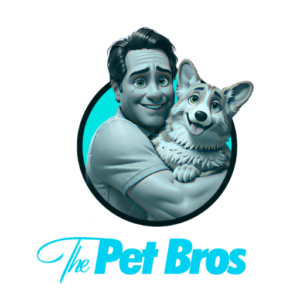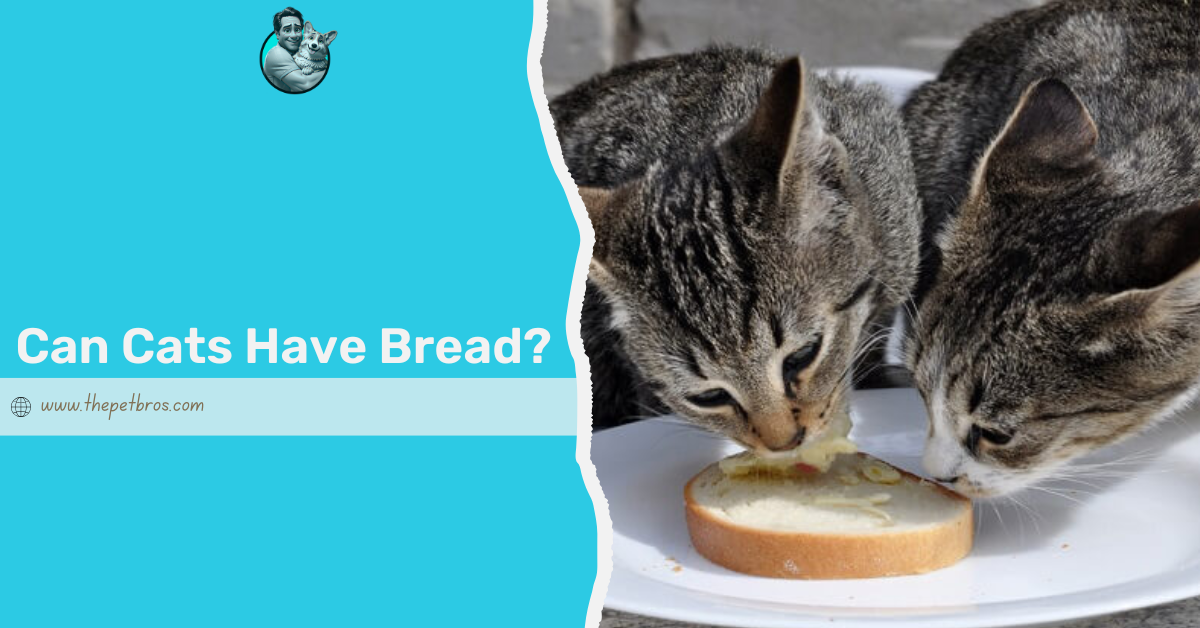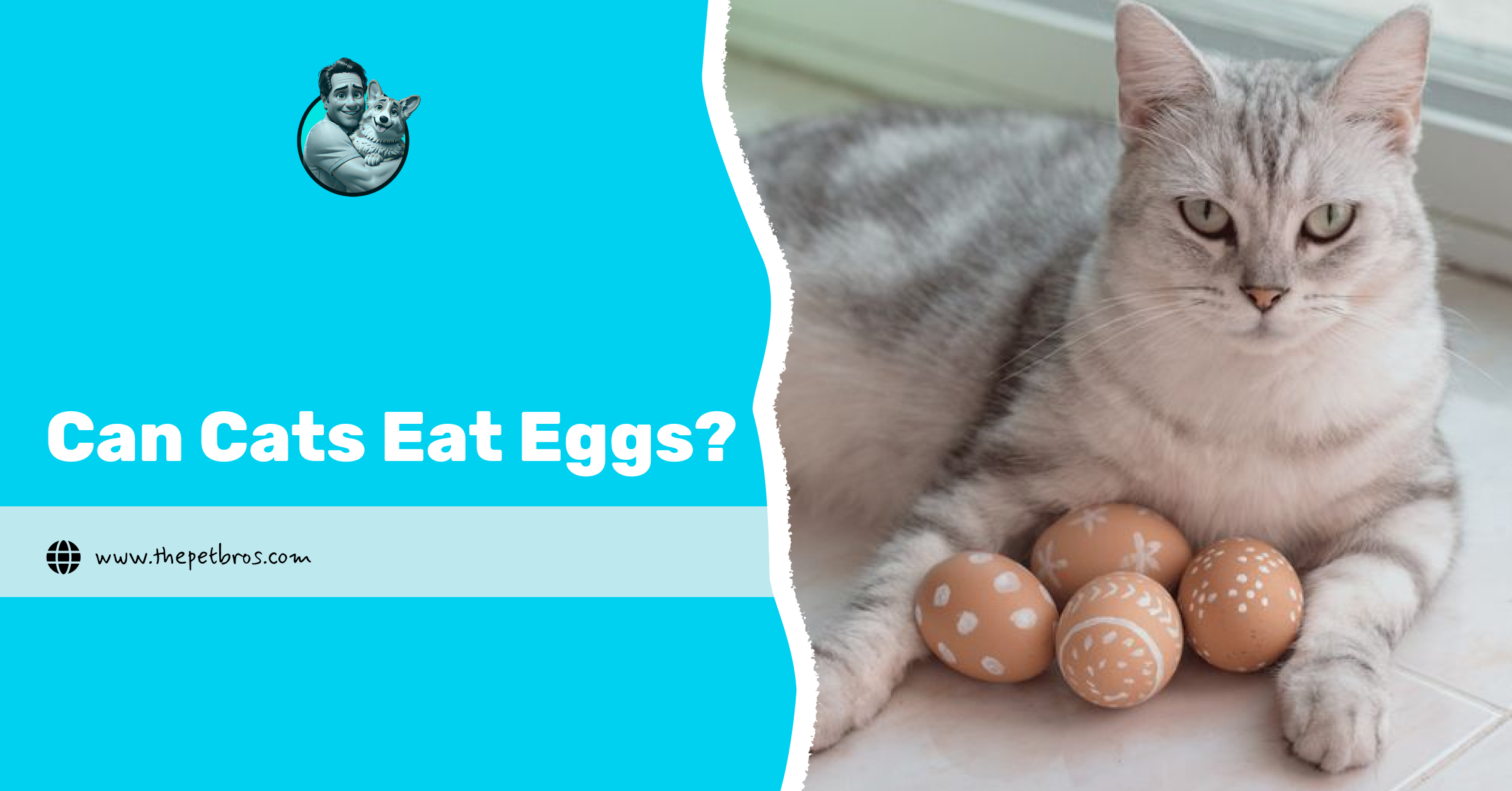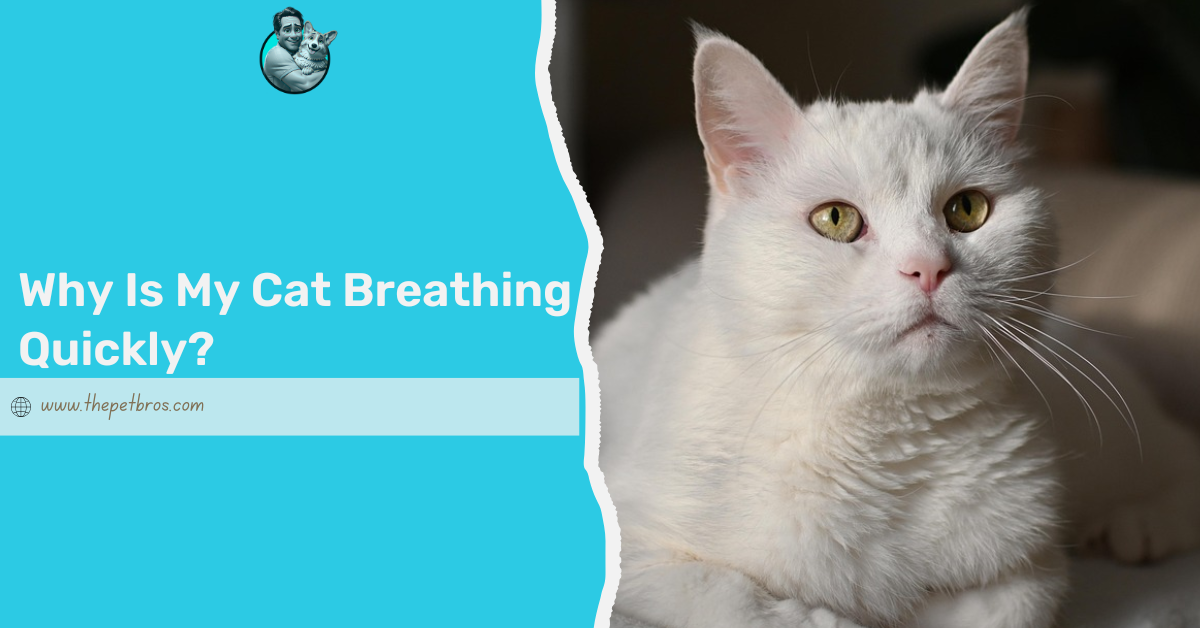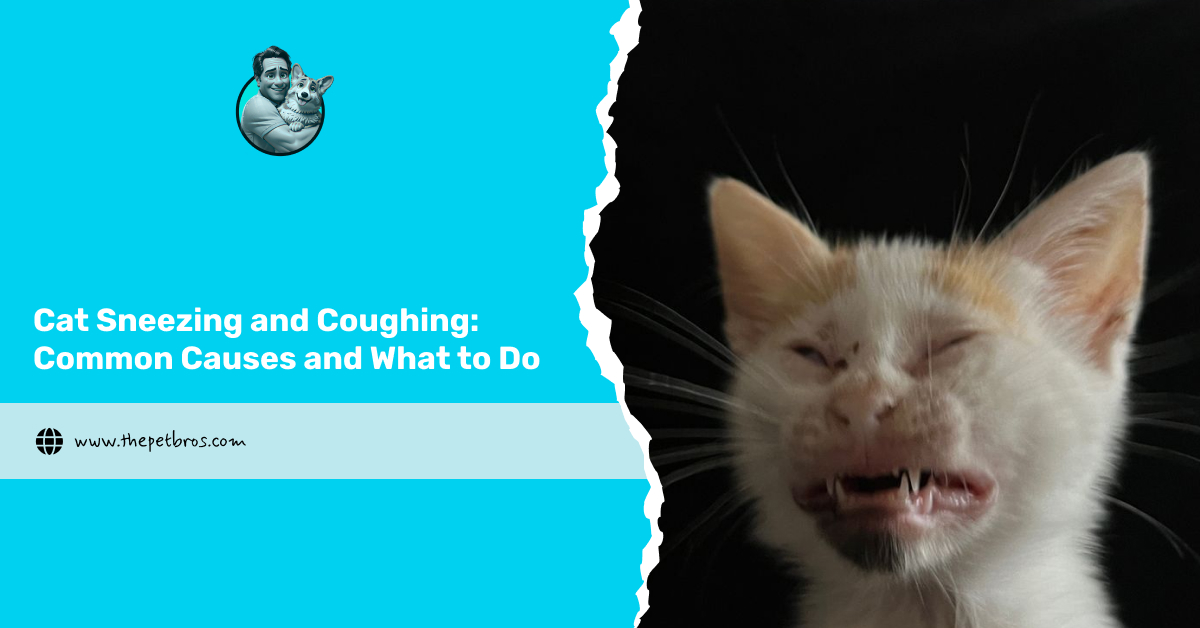Bread has been part of human life for years. But lately, many cat owners have started asking, Can cats eat bread too? It’s a fair question, really, especially when your feline friend seems fascinated by every loaf that hits the counter. While cats are obligate carnivores and thrive on a diet rich in meat, there are a few human foods that are safe for cats in moderation.
In this article, we’ll explore everything you need to know about cats and bread, if it’s safe to feed them, which types to avoid, and how much is too much bread for your cat(s).
Is Bread Bad for Cats?
Cats are obligate carnivores, meaning their diet thrives on animal-based protein, not carbs. Bread is primarily carbohydrates, which provide no significant nutritional benefit to your cat. In fact, bread is essentially empty calories for your cat, contributing to unnecessary weight gain if overfed.
Even though a small nibble of plain, baked bread won’t hurt your cat, it’s easy to go overboard. One slice of white bread, for example, can make up nearly 20% of your cat’s daily calorie needs, but it’s devoid of the protein, vitamins, and minerals that are crucial for their health.
While cats may seem obsessed with bread (after all, it’s an irresistible, soft treat), offering it regularly can interfere with their balanced diet. When this happens, some cats may even experience digestive issues, such as bloating or constipation. And if your cat suddenly starts coughing or gagging after snacking on bread, it could be a sign of an upset stomach or other digestive discomfort. Always keep a watchful eye on your cat’s reactions to new foods, even if they seem to love them.
The Danger of Raw Dough and Yeast
| Issue | What You Need to Know | What to Do |
|---|---|---|
| Raw Dough Can Expand in the Stomach | Cats’ stomachs provide the ideal environment for dough to expand, resulting in bloated stomachs and discomfort. The dough can grow even after ingestion, causing life-threatening bloat. | Never feed your cat raw dough. If they accidentally eat some, take them to the vet immediately. |
| Yeast Fermentation Releases Alcohol | Yeast in dough ferments and produces ethanol, which can be absorbed into the bloodstream. This can lead to alcohol poisoning, causing seizures, respiratory failure, and even death. | If your cat eats raw dough, call your vet immediately. Time is critical when alcohol poisoning is suspected. |
| Signs of Yeast or Dough Ingestion | Symptoms can include vomiting, diarrhoea, gas, lack of coordination, and severe bloating. Immediate action is required to avoid further health complications. | Monitor your cat closely. If you notice any of the above symptoms, seek veterinary care right away. |
What Types of Bread Are Safe for Cats?
1. Plain White Bread
- Why It’s Safe: If it’s baked thoroughly and free of any additives, plain white bread is the safest option for your cat.
- What to Keep in Mind: It’s still high in carbs, so offer it in moderation. Avoid bread that has been added butter, sugar, or salt.
2. Whole-Wheat Bread
- Why It’s Safe: Whole-wheat bread is a bit more nutritious than white bread since it retains some of the bran and germ, but it’s still not ideal for your cat’s diet.
- What to Keep in Mind: Like white bread, keep it to a small bite, and avoid any breads with garlic or other additives.
3. Unflavored Flatbreads (Like Pita or Naan)
- Why It’s Safe: These breads are generally made with simple ingredients, no added sugar or spices. However, it’s crucial to check the label for any harmful ingredients.
- What to Keep in Mind: Avoid anything with added oils or seasoning. Offering a small piece of unseasoned flatbread as an occasional treat is okay.
4. Homemade Bread (No Additives)
- Why It’s Safe: If you’re making bread at home, you have complete control over the ingredients. Opt for a simple recipe without any toxic additions like garlic or onions.
- What to Keep in Mind: Use whole, non-toxic ingredients and ensure the bread is well-baked. Avoid offering too much, as it’s still primarily carbs with minimal nutritional benefit.
How Much Bread Can Cats Eat?
Since bread is primarily composed of carbs and offers little nutritional value, moderation is essential. Ideally, limit bread to small, bite-sized portions as a rare treat, no more than a few crumbs or a tiny piece occasionally.
While it’s tempting to share your snack, it’s important to remember that bread can quickly add up in calories, and overeating can lead to digestive issues or weight gain. Additionally, if your cat’s bread obsession is linked to seeking your attention, try redirecting that focus with healthier, more engaging options, such as interactive toys or cat-safe treats.
Other Cat-Safe Foods
If your cat is obsessed with human food, there are plenty of healthier alternatives that will satisfy their cravings without the risk of empty calories or digestive upset. For example, scrambled eggs are a great protein-packed snack for cats, as long as they’re cooked plain, without salt, butter, or oil. Eggs provide essential amino acids and vitamins that are important for your cat’s coat and overall health.
Another safe option is lean meats, such as chicken or turkey, which are a natural fit for cats as obligate carnivores. These meats provide the protein they need for energy and muscle maintenance.
Cats can have food allergies, and sometimes the symptoms may be subtle or attributed to other causes, such as fur loss, itchy skin, or gastrointestinal issues. If your cat has been sneezing frequently, coughing after eating certain foods, or experiencing more stomach upsets than usual, it may be a sign that they have food allergies. Your vet can conduct tests to pinpoint the allergens and help you adjust their diet accordingly.
Conclusion
So, can cats have bread? Yes, but only in moderation. Bread offers little nutritional benefit to your cat and can lead to weight gain or digestive issues if given too frequently. If your cat is always eyeing your toast, consider healthier alternatives, such as scrambled eggs or lean meats. Always consult your vet before introducing new foods, especially if your cat has any dietary sensitivities. Maintaining a balanced diet for your cat is crucial to their long-term health and well-being.
Can Cats Have Bread FAQs
Are cats allowed toast?
Yes, but only plain and unsalted, no butter, jam, or spreads.
What should I do if my cat accidentally eats bread?
If it’s plain and baked, they’re likely fine. Contact your vet if it contained dough or toxic ingredients.
Is there anything cats can’t eat?
Yes, avoid garlic, onions, grapes, chocolate, caffeine, and raw dough.
Are there any types of bread that are safer than others?
Plain white or whole-wheat bread is safest in small amounts.
Can cats eat scrambled eggs?
Yes, plain scrambled eggs are a healthy, protein-rich snack for cats.
Why are cats so obsessed with bread?
They’re drawn to its smell, texture, and the novelty of human food; it’s pure feline curiosity.
